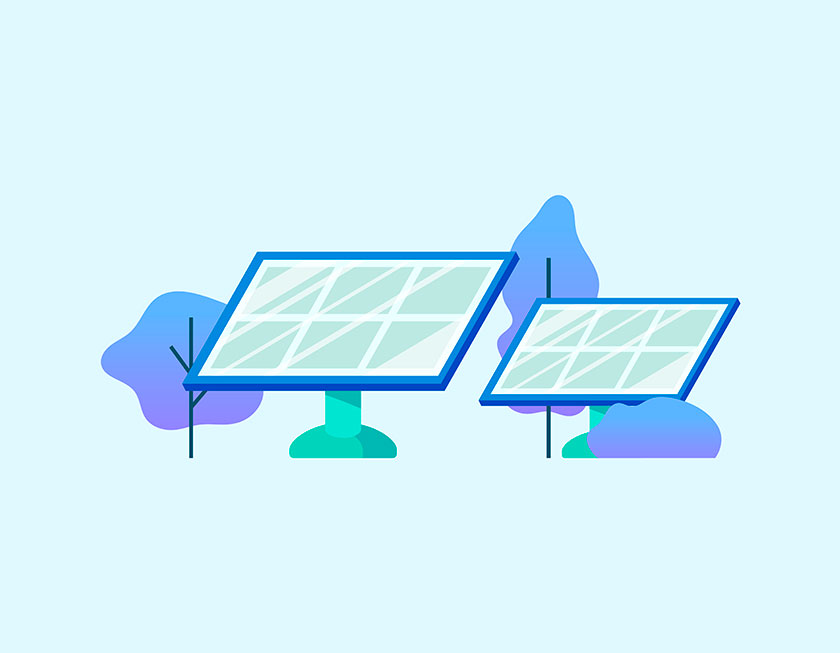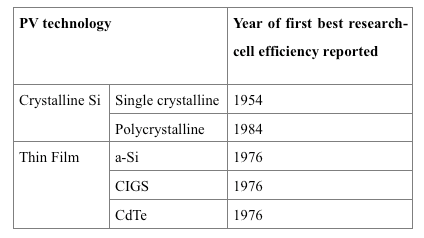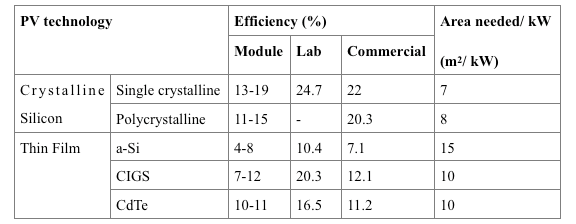4.5 Poly or mono crystalline solar: Choosing the best tech

Are you thinking of buying a solar PV system? If so, you may have several factors that need to be taken into account. Needless to say, we would be in a dilemma whenever we have two or more options. So, you might also be in a dilemma over how to decide the right tech as we have two commercially viable crystalline PV technologies: s-Si and pc-Si. It is not prudent to make an immediate decision and go forward. All your personal requirements must be evaluated and your site needs to be inspected by an expert. Further, any prerequisite pertaining to your site has to be identified by a PV expert. This article is to help you evaluate some crucial variables you would find when choosing the best crystalline PV technology for your particular requirement.
Let’s start this discussion with the upsides and downsides of both technologies and then we will see how to make a wise decision.
Efficiency: s-Si solar PVs are more efficient than pc-Si PVs
Take a look at the table below. You can see that s-Si PV is the oldest version of commercial PV technology.
Table 01: Technological maturity of different PV technologies [1]

s-Si PV technology is almost three decades elder than pc-Si PV technology. As the most matured PV technology, s-Si solar PV technology has reached a technological zenith approaching its maximum obtainable efficiency limit [2]. And we know, people have enjoyed long-lasting, superior performance of s-Si PVs during the past. Besides the technological maturity, single crystalline silicon appears to be an is an intrinsically ideal material for making efficient solar PVs.
Why?
In s-Si solar cells, electrons feel less resistance to move within the cell as each s-Si solar cell is made of single crystals. Less resistance means more efficient!
Electrons in pc-Si solar cells, on the other hand, experience less freedom to move since each pc-Si solar cell consists of many crystals. Less freedom for electrons means high resistance and thus less-efficient! So, pc-Si solar cells are less efficient than their single crystalline counterparts as we can observe in table 2.
Table 2: Performance of commercial solar PV technologies [3]

To illustrate above point, a study carried out by LONGi Green Energy Technology (formerly Xi’an LONGi Silicon Materials Corporation) has shown that monocrystalline solar power plants yield 5%-7% more power output than their polycrystalline silicon counterparts under the same conditions [4].
Space-efficiency: s-Si solar PVs are more space-efficient than pc-Si PVs
s-Si solar cells require less space than the space required by pc-Si solar PVs to generate the same electrical power since s-Si solar PVs are more efficient at converting sunlight into electricity. Take a look at table 2. You can realize how space-efficient s-Si solar PVs are. As shown in the table, s-Si solar panels require merely 7 m2 of area per kW whereas 8 m2 of area is needed for pc-Si solar panels per kW.
If you have limited space, it would probably be wise to come down in favor of s-Si solar PVs.
Reference
[1] Lacerda, J. S., & van den Bergh, J. C. (2016). Diversity in solar photovoltaic energy: Implications for innovation and policy. Renewable and Sustainable Energy Reviews, 54, 331-340.
[2] Geisthardt, R. M., Topič, M., & Sites, J. R. (2015). Status and potential of CdTe solar-cell efficiency. IEEE Journal of photovoltaics, 5(4), 1217-1221.
[3] Islam MR, Rahman F, Xu W (2016) Introduction, advances in solar photovoltaic power plant. Springer-Verlag, Berlin Heidelberg, pp 1–6
[4] Deng, H., Fu, N., Liu, P., Wu, G., Wang, F., Luo, C., & Deng, L. (2015, March). High-performance monocrystalline silicon could lead the photovoltaic power generation in the future. In Semiconductor Technology International Conference (CSTIC), 2015 China (pp. 1-3). IEEE.
Ctd
